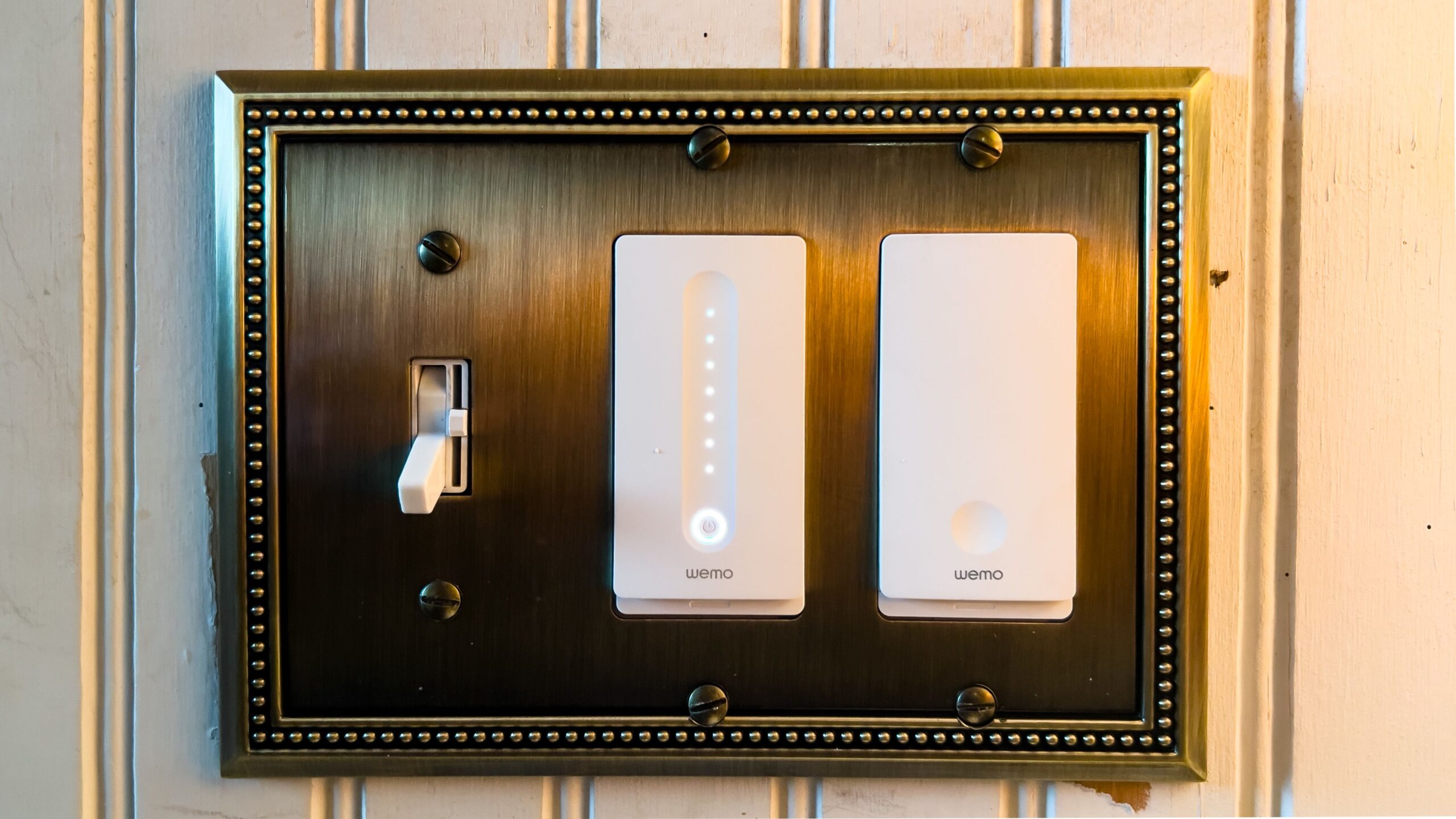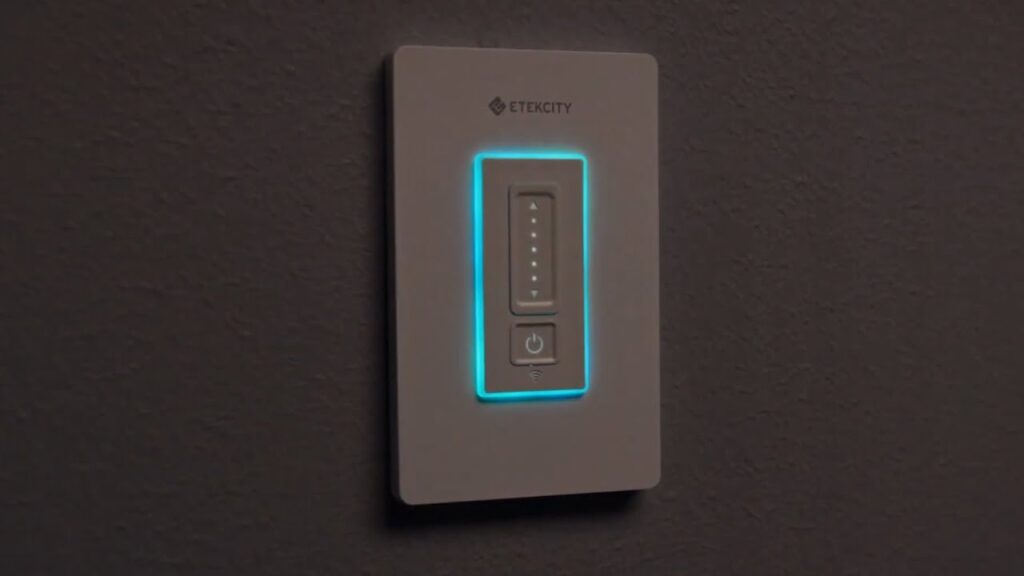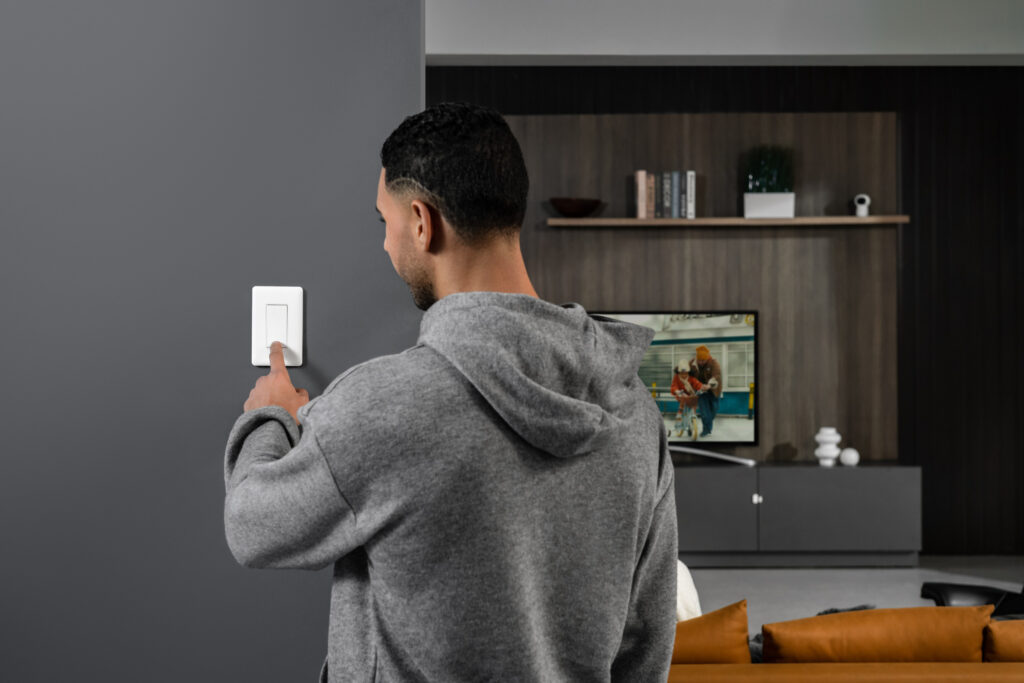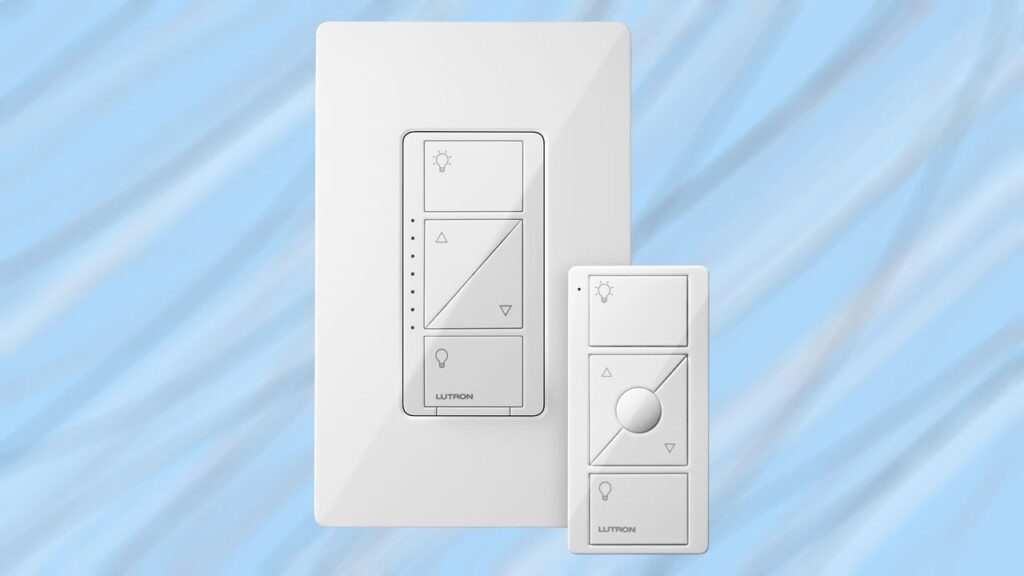
Smart light switches have emerged as innovative solutions to revolutionize home lighting control. With the advent of smart technology, homeowners can now enjoy enhanced control and convenience over their lighting systems. In this article, we will delve into the basics of smart light switches, explore their benefits, discuss different types available in the market, and examine how they can be seamlessly integrated with home automation systems. Finally, we will provide valuable insights on choosing the right smart light switch for your home.
Understanding the Basics of Smart Light Switches
Let’s start by understanding what exactly a smart light switch push button is and how it functions.
A smart light switch is not just your ordinary switch. It is a technologically advanced device that revolutionizes the way we control our lighting systems. Gone are the days of manually flipping a switch on the wall. With a smart light switch, you have the power to control your lights remotely using a smartphone, tablet, or even voice commands.
Imagine this scenario: you’re lying comfortably on your couch, engrossed in a book, and suddenly realize that the room is getting dim. Instead of having to get up and walk across the room to adjust the lights, you can simply reach for your smartphone and with a few taps, brighten the room to your desired level. It’s that easy!
See Also: Conduit Fittings vs. Cable Trays
What is a Smart Light Switch?
A smart light switch is a device that replaces conventional wall switches. It not only allows you to turn your lights on and off but also provides a plethora of advanced features that enhance your lighting experience. With a smart light switch, you can effortlessly dim or brighten the lights, create customized lighting schedules, and even change the color of the lights, all at your fingertips.

Imagine being able to set the perfect ambiance for a romantic dinner with just a few taps on your smartphone. With a smart light switch, you can adjust the color and intensity of the lights to create a warm and inviting atmosphere. You can even schedule your lights to automatically turn on and off at specific times, giving the illusion that someone is home even when you’re away.
How Do Smart Light Switches Work?
Smart light switches may seem like magic, but they operate on simple yet powerful principles. These switches connect to your home’s Wi-Fi or a hub using wireless protocols like Wi-Fi, Zigbee, or Z-Wave. Once connected, they become part of your smart home ecosystem, allowing you to control your lights from anywhere in the world.
When you use a dedicated mobile app or integrate the smart light switch into a voice command system like Amazon Alexa or Google Assistant, you gain complete control over your lighting. You can turn the lights on or off, adjust their brightness, and even change their colors with just a few taps or voice commands.
But how do smart light switches communicate with the lighting fixtures? Well, it’s all thanks to their intelligent design. These switches are equipped with sensors and microprocessors that enable them to send and receive signals from the lighting fixtures. They provide real-time status updates, ensuring a seamless and responsive lighting experience.
Imagine coming home after a long day at work and being greeted by a well-lit pathway leading to your front door. With a smart light switch, you can program your lights to automatically turn on as soon as you enter your driveway, providing both convenience and enhanced security.
Smart light switches are not just convenient; they also offer energy-saving benefits. You can set your lights to automatically turn off when no one is in the room or dim them during certain hours of the day to reduce energy consumption. This not only helps you save on your electricity bills but also contributes to a greener and more sustainable environment.
In conclusion, smart light switches are not just a fancy addition to your home; they are a game-changer in terms of convenience, customization, and energy efficiency. With their advanced features and seamless integration into your smart home ecosystem, they provide an unparalleled lighting experience. So why settle for ordinary switches when you can upgrade to a smart light switch and transform the way you control your lights?
The Benefits of Smart Light Switches
Investing in smart light switches opens up a plethora of benefits that go beyond mere convenience.
Smart light switches offer advanced energy management features such as automated scheduling, occupancy sensing, and adaptive lighting control. By optimizing the usage of lights, homeowners can significantly reduce energy consumption and lower their electricity bills.
But the benefits of smart light switches don’t stop there. Let’s explore some additional advantages:
Convenience and Ease of Use
Controlling your lights with a simple touch or voice command adds an unparalleled level of convenience to your daily routine. Whether you’re in bed, away from home, or simply prefer a hands-free approach, smart light switches allow you to effortlessly manage your lighting without any hassle.
Imagine waking up in the morning and being able to turn on the lights in your bedroom without getting out of bed. Or arriving home late at night and being able to illuminate your pathway with a simple voice command. With smart light switches, these scenarios become a reality, making your life easier and more convenient.
Enhanced Home Security
Integrating smart light switches with security systems can create the illusion of an occupied home even when you’re away. By automating the lighting patterns, you can deter potential intruders and enhance the security of your property.
Imagine going on vacation and being able to program your lights to turn on and off at different times throughout the day, giving the impression that someone is home. This added layer of security can provide peace of mind and protect your home from potential break-ins.
But the benefits of smart light switches extend beyond energy efficiency, convenience, and security. Let’s delve into some more advantages:
Customization and Personalization
Smart light switches offer a wide range of customization options, allowing you to tailor your lighting to suit your preferences and create the perfect ambiance for any occasion. Whether you want to dim the lights for a cozy movie night or set a vibrant color scheme for a party, smart light switches give you the flexibility to achieve your desired lighting atmosphere.
Furthermore, some smart light switches come with built-in features like color temperature control, which allows you to adjust the warmth or coolness of the light to match your mood or time of day. This level of personalization can greatly enhance your overall lighting experience and create a more comfortable living environment.

Integration with Smart Home Ecosystem
Smart light switches can seamlessly integrate with other smart home devices and systems, creating a cohesive and interconnected ecosystem. This integration allows you to control not only your lights but also other devices such as thermostats, speakers, and security cameras, all from a single interface or voice command.
Imagine being able to turn off all the lights in your house, adjust the temperature, and play your favorite music with a simple voice command or a tap on your smartphone. With smart light switches as the foundation of your smart home, you can enjoy the convenience and efficiency of a fully connected living space.
As you can see, investing in smart light switches goes beyond mere convenience. From energy efficiency and cost savings to enhanced home security, customization, and integration with a smart home ecosystem, the benefits are abundant. So why settle for traditional light switches when you can upgrade to a smarter and more efficient lighting solution?
Different Types of Smart Light Switches
Smart light switches come in various types, each offering unique features and compatibility options.
When it comes to transforming your home into a smart haven, one of the first steps is upgrading your traditional light switches to their smarter counterparts. With the advancement of technology, smart light switches have become increasingly popular, offering convenience, energy efficiency, and enhanced control over your lighting system. Let’s explore some of the different types of smart light switches available in the market today.
Wi-Fi Light Switches
Wi-Fi light switches are the most common type and are directly connected to your home’s Wi-Fi network. These switches offer easy installation, wide compatibility, and seamless integration with voice control systems such as Amazon Alexa or Google Assistant. With a Wi-Fi light switch, you can control your lights remotely using your smartphone or set schedules to automate your lighting based on your daily routine. Whether you’re at home or away, Wi-Fi light switches provide convenience and peace of mind.
Furthermore, Wi-Fi light switches often come with additional features like dimming capabilities, allowing you to adjust the brightness of your lights to create the perfect ambiance for any occasion. Some models even have built-in energy monitoring, enabling you to track and optimize your energy consumption.

Zigbee and Z-Wave Light Switches
Zigbee and Z-Wave light switches operate on mesh networking protocols. Unlike Wi-Fi switches, they require a hub for communication, acting as a central command center for all your smart home devices. While this may seem like an extra step, it actually offers several advantages.
Firstly, Zigbee and Z-Wave light switches create robust and stable networks, making them ideal for larger homes or areas with weak Wi-Fi signals. The mesh network allows devices to communicate with each other, ensuring a reliable connection throughout your home. This means that even if one device is out of range, the signal can be relayed through other devices, maintaining seamless control over your lighting system.
Secondly, Zigbee and Z-Wave light switches can be integrated with a wider range of smart home devices, such as sensors, thermostats, and security systems. This creates an ecosystem of interconnected automation, where your lights can respond to various triggers like motion detection or the opening of a door. Imagine walking into a room, and the lights automatically turn on, welcoming you with a warm glow.
Moreover, Zigbee and Z-Wave light switches are known for their energy efficiency. These switches consume less power compared to Wi-Fi switches, helping you save on electricity bills while reducing your carbon footprint.
When choosing between Wi-Fi, Zigbee, or Z-Wave light switches, consider the size of your home, the strength of your Wi-Fi signal, and the level of integration you desire. Each type has its own advantages, so it’s essential to select the one that best suits your needs and preferences.
In conclusion, smart light switches offer a world of possibilities when it comes to controlling and automating your lighting system. Whether you opt for Wi-Fi switches for their simplicity and wide compatibility or Zigbee and Z-Wave switches for their robustness and integration capabilities, upgrading to smart light switches is a step towards creating a truly smart home.
Integrating Smart Light Switches with Home Automation Systems
Enhance the capabilities of your smart light switches by integrating them into a comprehensive home automation system.
Compatibility with Different Platforms
Before choosing a home automation system, ensure that it is compatible with your smart light switches. Popular platforms like SmartThings, Apple HomeKit, and Google Home offer seamless integration with a wide range of devices, maximizing the potential of your lighting control.
Setting up Your Smart Light Switch with Home Automation
Once you have selected the appropriate home automation platform, refer to the manufacturer’s instructions to set up the integration with your smart light switches. This usually involves connecting the hub, configuring software settings, and linking the devices to your preferred control interface.
Choosing the Right Smart Light Switch for Your Home
When selecting a smart light switch, consider the following factors to ensure a perfect fit for your home:
Factors to Consider
- Compatibility with your lighting system.
- Design and aesthetics to complement your home decor.
- Integration and compatibility with your preferred home automation platform.
- Additional features like dimming options, timers, and color-changing capabilities.
- Budget and affordability.
Top Brands to Consider
- 1. Lutron Caseta
- 2. TP-Link Kasa
- 3. Leviton Decora
- 4. GE Enbrighten
- 5. ecobee Switch+
By considering these factors and exploring top-rated brands, you can make an informed decision and choose the perfect smart light switch that meets your requirements.
In conclusion, smart light switches are transforming the way we control and manage our home lighting. With their advanced features, energy efficiency, and seamless integration capabilities, they are paving the way for more convenient and automated living. By understanding the basics, exploring the benefits, and assessing different types and integration options, you can leverage the power of smart light switches and create a truly intelligent and efficient lighting system for your home.